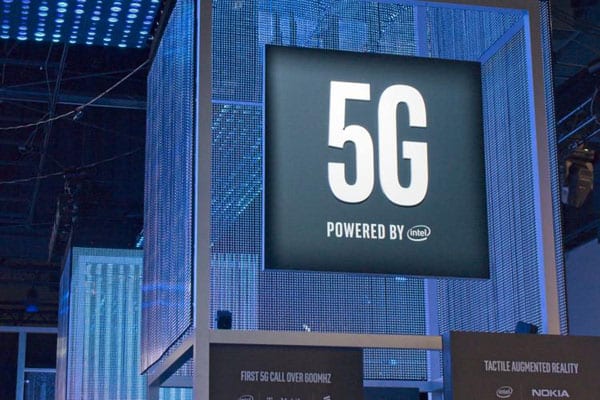
FAA Puts Up Unnecessary Roadblock to 5G Progress
Johnny Kampis
December 31, 2021
Once again, the Federal Communications Commission (FCC) finds itself stonewalled by another federal agency as it attempts to advance high-speed internet growth in the U.S. and close the digital divide without burdening taxpayers.
This time, the Federal Aviation Administration (FAA) balked at a plan by the FCC to allow wireless providers to roll out 5G on the C-band of wireless spectrum, which was initially to begin in December. Despite years of research and planning by multiple agencies (and deployment by other countries), the FAA now claims that usage of the C-band could disrupt airflight, including accurate readings of altimeters. The FAA issued a new rule in early December that restricted more than 6,800 airplanes and helicopters from using certain automated flight systems in situations of low visibility.
In The Hill, Competitive Enterprise Institute research fellow Ryan Nabil argues that the new rules “will likely result in unnecessary flight cancellations and delays at major airports.”
The FAA bases its objections on a largely rebutted report from the Radio Technical Commission for Aeronautics (RTCA). In a November letter to FCC Chairwoman Jessica Rosenworcel, AT&T and Verizon wrote that, “the RTCA Report…has been thoroughly debunked and consistently dismissed by regulators around the globe. The RTCA Report has significant documented flaws that more than negate all of RTCA’s claims of harmful interference, including using unrealistic models of 5G networks, combining multiple worst-case inputs, creating implausible test scenarios, and utilizing extreme testing standards.”
The real proof is in real-world applications. Nearly 40 other nations already permit 5G to operate in the C-band spectrum without any known flight interference. For example, the European Union Safety Agency reports it is “not aware of any reported occurrence that relates to possible interference originating from 5G base stations.”
Bret Swanson, nonresident senior fellow for the American Enterprise Institute, noted that the U.S. even plans an extra layer of protection compared to other countries to protect aviation, with more than 200 Megahertz of empty space between the mobile radio and airplane frequencies.
“Many seasoned observers think the aviation industry is really looking for Washington (i.e., taxpayers) to buy them new altimeters to replace the old ones now operating in most of the fleet. Delay 5G with scary ‘falling planes’ rhetoric, then back off when the new equipment is promised,” Swanson wrote.
The FAA’s hurdle is just one in a series of obstacles put forth by other federal agencies that have hindered the FCC’s attempts to close the digital divide. The Department of Defense has opposed giving up unused spectrum for usage in 5G, while the Department of Transportation fought the FCC’s plan to reallocate spectrum used for Dedicated Short Range Communications for Wi-Fi use, as the Taxpayers Protection Alliance previously reported.
The latest obstacle prompted six former directors of the FCC from both major parties to pen a letter arguing that the FAA’s stance “threatens to derail the reasoned conclusions reached by the FCC after years of technical analysis and study.”
The concerns by the FAA have delayed the 5G rollout by at least a month. As a Bloomberg editorial noted, “Rarely has an arcane interagency dispute proved so needlessly disruptive.”
The next planned rollout date is January 5, with the aviation industries and trade groups from the telecoms agreeing to share data. Bloomberg said that an agreement such as imposing light restrictions on 5G operations near airports could mitigate concerns.
It’s time for the FAA to ground its objections to the FCC’s plan. Given all the data, there’s no reason to believe the expansion of 5G into the C-band will cause airflight disruption. The regulatory uncertainty is only harming wireless providers’ abilities to expand high-speed internet to more Americans.
